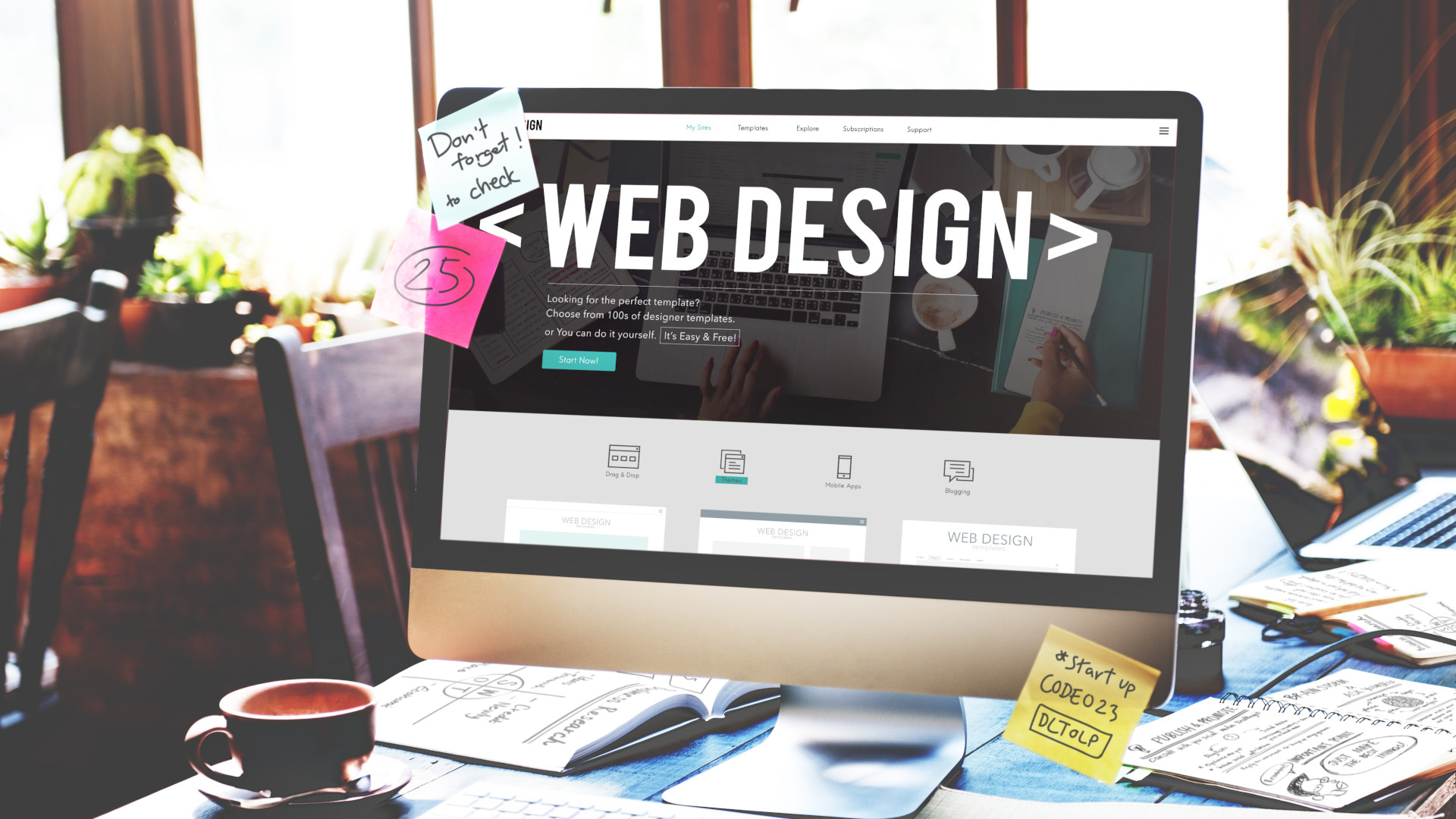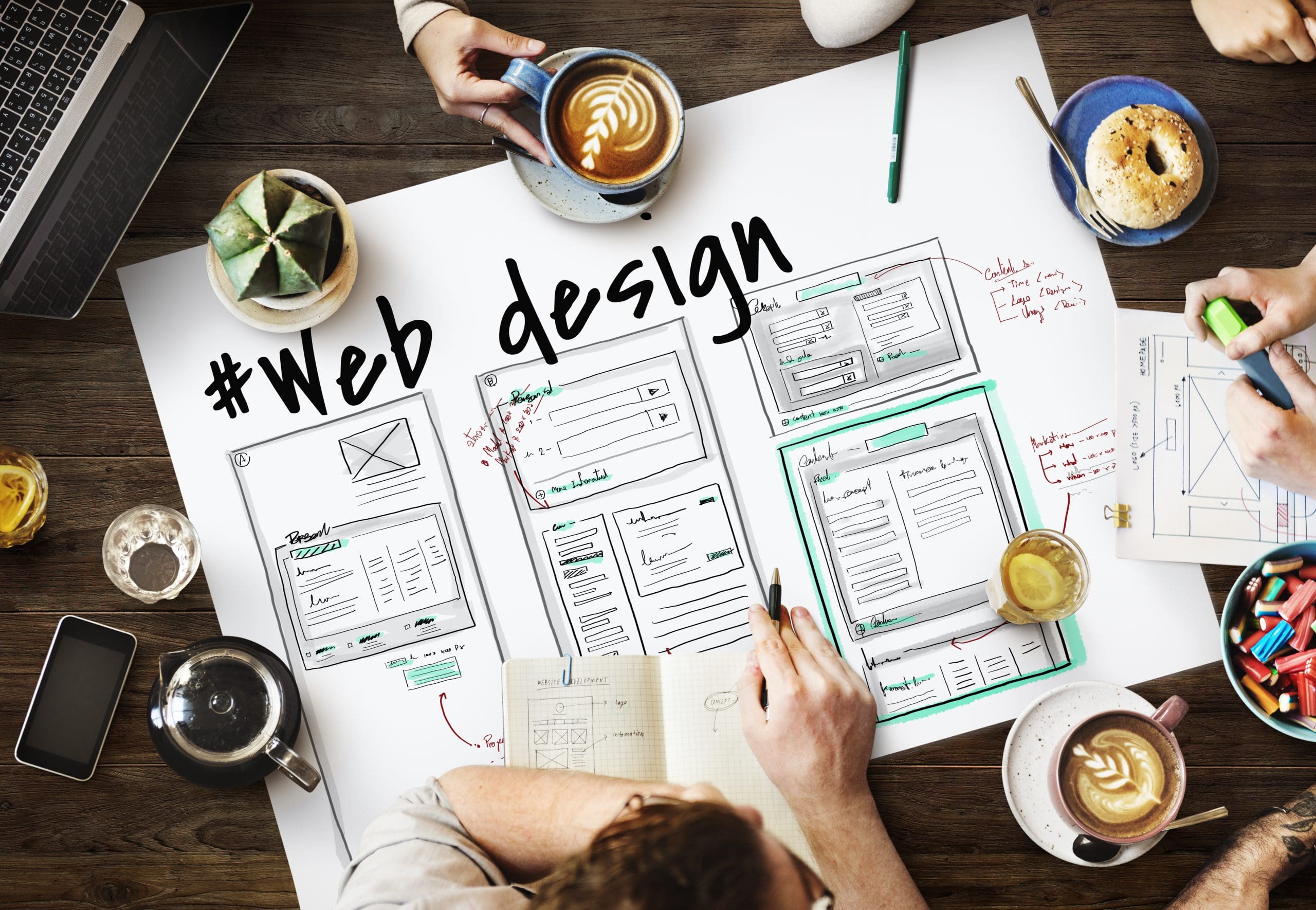Innovative Aligned Position Web Design: Future-Proof Websites for Businesses in Every Niche
Innovative Aligned Position Web Design: Future-Proof Websites for Businesses in Every Niche
Blog Article
The Very Best Types of Web Design to Enhance Individual Experience and Engagement
In the ever-evolving landscape of electronic interaction, the effectiveness of Web layout considerably influences individual experience and involvement. Different style approaches, such as minimal, responsive, and interactive designs, each deal distinct benefits that can cater to diverse customer needs. Comprehending which types of website design best offer these purposes can be crucial for organizations aiming to improve customer contentment and retention. However, the concern continues to be: which design aspects absolutely resonate with individuals and foster significant involvement? The exploration of these principles reveals crucial understandings that might redefine your technique to Web layout.
Minimalist Web Style
As digital landscapes come to be progressively messy, minimal website design has emerged as a powerful method to improving individual experience. This design viewpoint prioritizes simpleness, concentrating on essential elements while eliminating unnecessary interruptions. By making use of sufficient white area, simple navigation, and a limited color scheme, minimalist style fosters clarity and routes customer interest to essential material.
The core principle of minimal Web style is to create a smooth communication for individuals. By minimizing cognitive tons, users can swiftly grasp information without really feeling overwhelmed. This straight technique not only improves usability yet additionally encourages involvement, as visitors are most likely to check out a site that is easy and aesthetically attractive to browse.
Furthermore, minimalist layout commonly stresses typography and imagery, utilizing these components tactically to share messages properly. This focus on essential elements can enhance brand identification and create a remarkable individual experience. Fundamentally, minimalist Web style is not just a fad; it is a thoughtful approach that identifies the importance of user-centered layout. By removing away nonessential components, designers can produce an extra engaging, effective, and delightful Web experience for all customers.
Responsive Website Design
In today's diverse electronic atmosphere, responsive Web layout has come to be vital for developing a smooth user experience across a wide range of devices. As individuals access sites on mobile phones, desktops, tablets, and laptops, the ability of an internet site to adjust its format and web content to various display dimensions and resolutions is crucial.
Receptive Web layout utilizes adaptable grids, photos, and CSS media questions to make certain that Web material exists ideally, regardless of the tool used. This approach not only enhances the visual appeal of a site but additionally considerably enhances functionality. Individuals are more probable to involve with a website that uses a regular experience, as it gets rid of the disappointment of having to focus or scroll exceedingly.
Moreover, internet search engine, including Google, prioritize mobile-friendly sites in search rankings. By taking on receptive design, organizations can improve their visibility and get to a wider target market. This method additionally streamlines web site maintenance, as a solitary version of the website can deal with all devices, reducing the demand for multiple variations. In summary, responsive Web style is a fundamental method that enhances individual experience, interaction, and overall satisfaction.
Interactive Website Design
Responsive website design lays the groundwork for boosting user experience, yet interactive Web style takes this an action even more by involving individuals in a more dynamic means - Aligned Position Web Design. By incorporating components such as animations, clickable prototypes, and real-time responses, interactive website design mesmerizes customers, attracting them into a richer browsing experience
This strategy not just fosters interaction however additionally encourages users to check out material proactively instead than passively eating it. Techniques such as gamification, where individuals make incentives for completing jobs, can dramatically improve the time invested on a website and improve overall contentment. Interactive features can simplify complex information, making it more enjoyable and digestible.

Incorporating interactive style components can likewise bring about higher conversion rates, as customers are much more most likely to involve with a site that actively entails them. Aligned Position Web Design. Ultimately, interactive Web layout transforms customer experiences right into memorable trips, ensuring that visitors return time after time
Flat Style
Identified by its minimalistic strategy, flat design emphasizes simpleness and functionality, removing unneeded components and concentrating on vital features. This style ideology focuses on use, guaranteeing that individuals can browse user interfaces with ease and efficiency. By employing a clean aesthetic, flat layout gets rid of the mess usually located in more ornate styles, consequently boosting customer emphasis on material and performance.
The trademark of flat style lies in its use of strong colors, simple typography, and geometric shapes. These elements add to an aesthetically enticing user interface that is both modern-day and friendly. Additionally, flat layout cultivates a feeling of clearness, enabling users to determine crucial activities and info without interruption.
Additionally, flat design is especially effective in receptive website design, as its simplicity translates well throughout different gadgets and screen dimensions. The lack of intricate textures and slopes decreases loading times, which is important for preserving user engagement. As electronic landscapes remain to advance, level layout stays a relevant selection for producing user-friendly web sites that enhance overall experience. By concentrating on important attributes, flat layout not only satisfies individual needs however also motivates smooth interaction, making it a crucial component of reliable Web style strategies.
Adaptive Web Style
Flexible Web layout customizes the individual experience by producing numerous repaired layouts tailored to various display dimensions and tools. Unlike responsive design, which fluidly changes a solitary format, flexible layout employs distinct layouts for certain breakpoints, making sure optimal presentation on numerous systems. This technique enables developers to concentrate on the unique features of each gadget, enhancing functionality by providing precisely what individuals require based on their context.
Among the key benefits of flexible Web layout is its capacity to maximize tons times and efficiency. By offering customized web content and pictures that fit the individual's gadget, web sites can decrease information use and enhance loading speeds. This is particularly helpful for individuals with slower connections or limited data strategies.

Additionally, flexible design facilitates a much more regulated and consistent branding experience. Since developers create several formats, they can guarantee that the aesthetic elements align with the brand's identification across different systems - Aligned Position Web Design. This leads to a cohesive individual experience, boosting interaction and advertising user retention
Final Thought
Finally, the integration of minimalist, receptive, and interactive website design concepts significantly enhances individual experience and interaction. Minimal layout fosters clearness and emphasis, while receptive layout makes sure flexibility throughout various devices, promoting access. Interactive layout captivates individuals with vibrant components, urging expedition and personalization. Collectively, these style comes close to add to the creation of straightforward settings that not just boost complete satisfaction however additionally drive greater conversion prices, underscoring their important relevance in modern Web layout strategies.

Minimalist design promotes quality and focus, while responsive style makes sure flexibility across various devices, promoting access. Jointly, these design approaches contribute to the creation of easy to use atmospheres that not only enhance contentment but also drive higher conversion prices, underscoring their crucial significance in contemporary Web design techniques.
Report this page